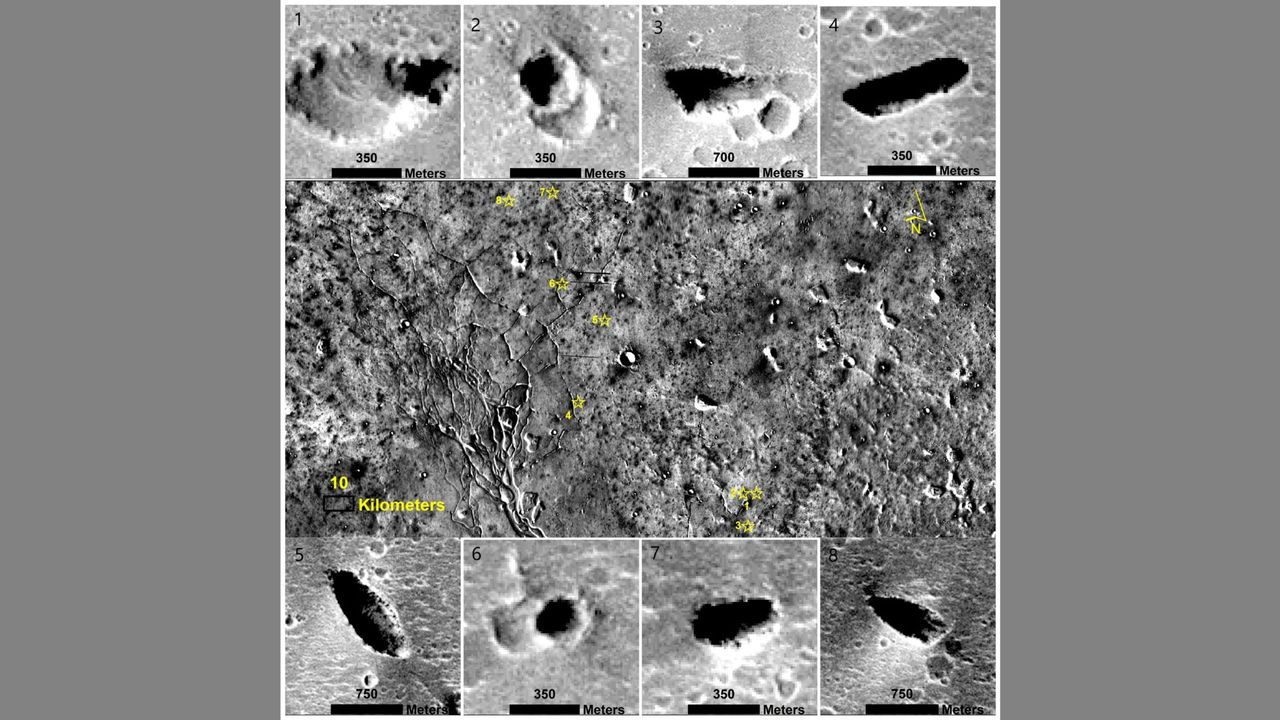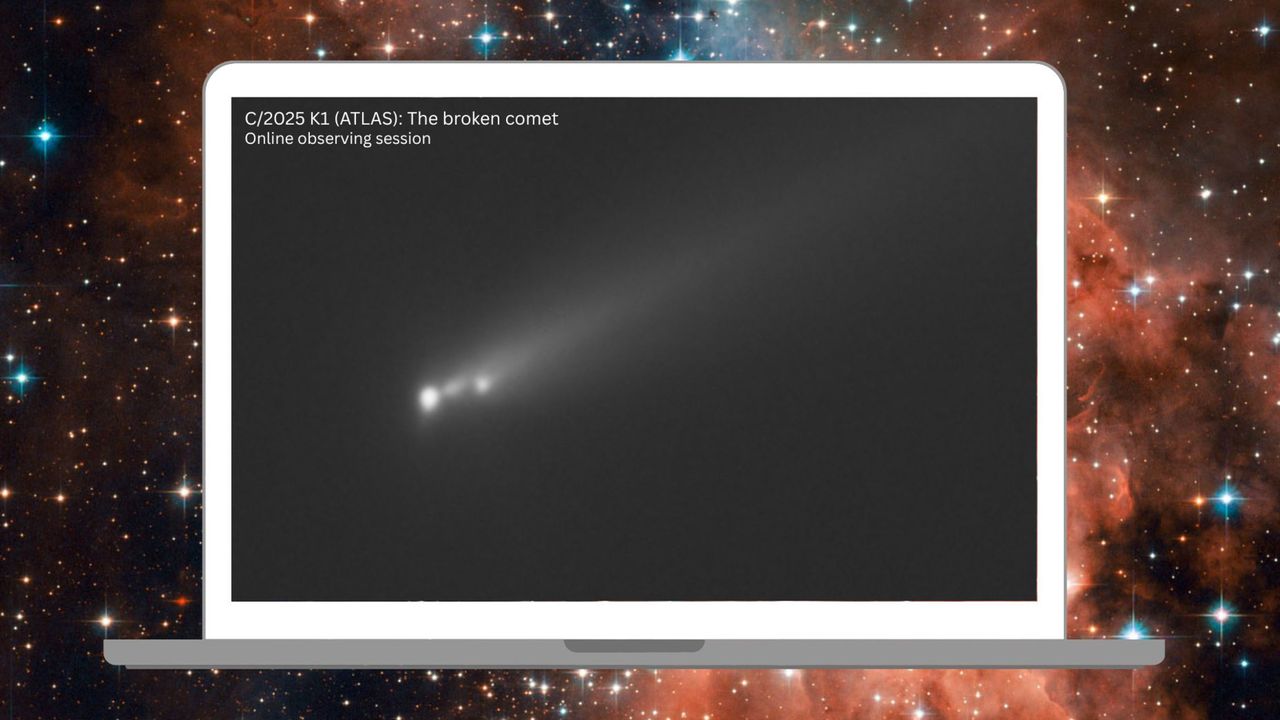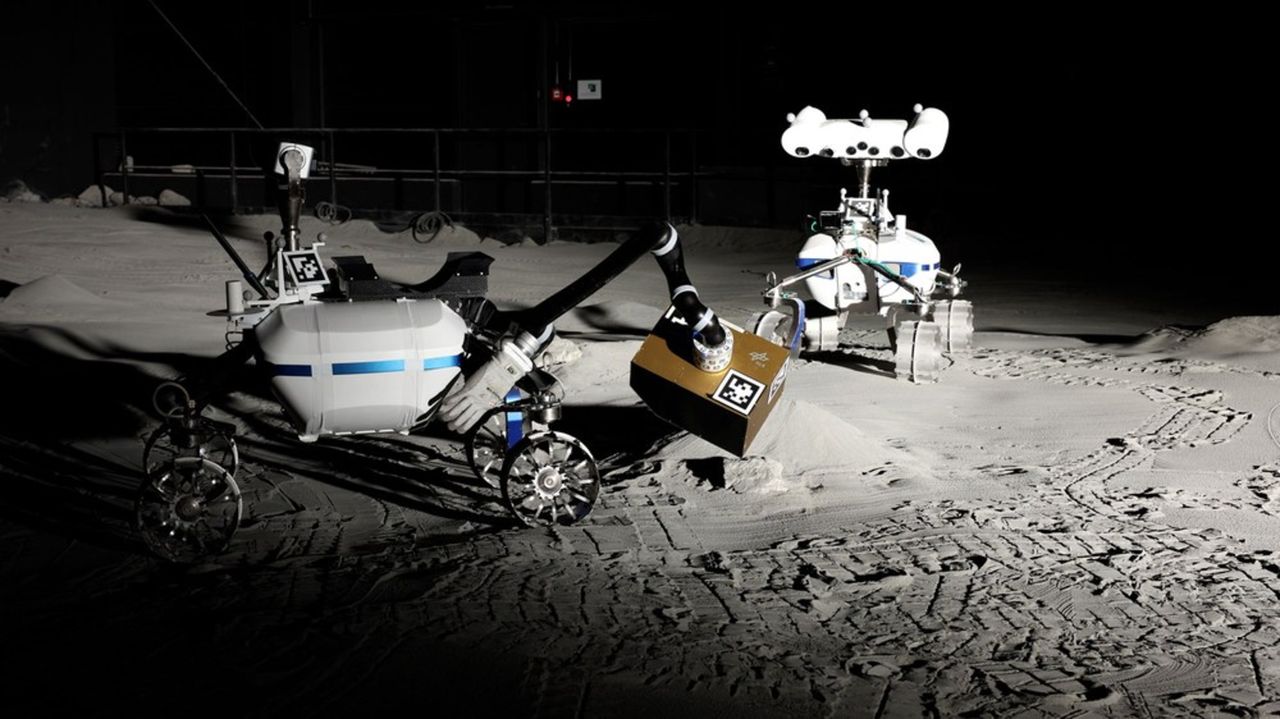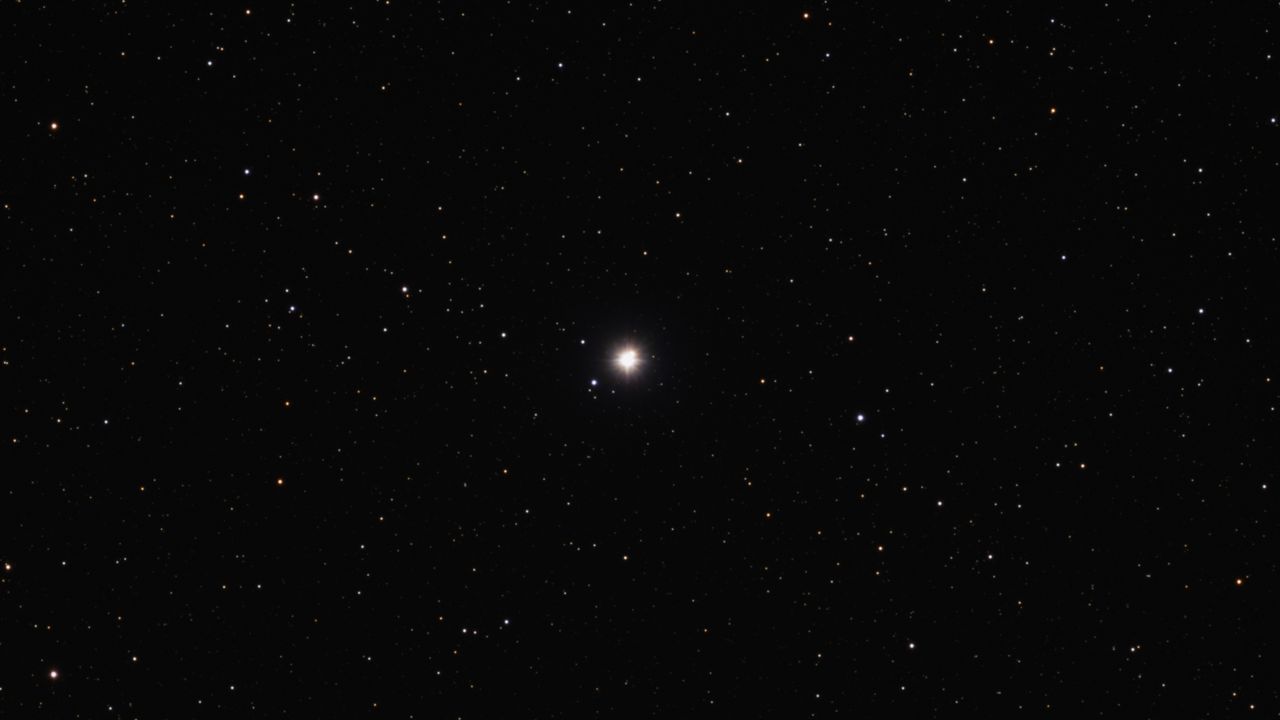NASA's next-gen Roman Space Telescope is surprising scientists with its capabilities. It hasn't even launched yet
PositiveScience
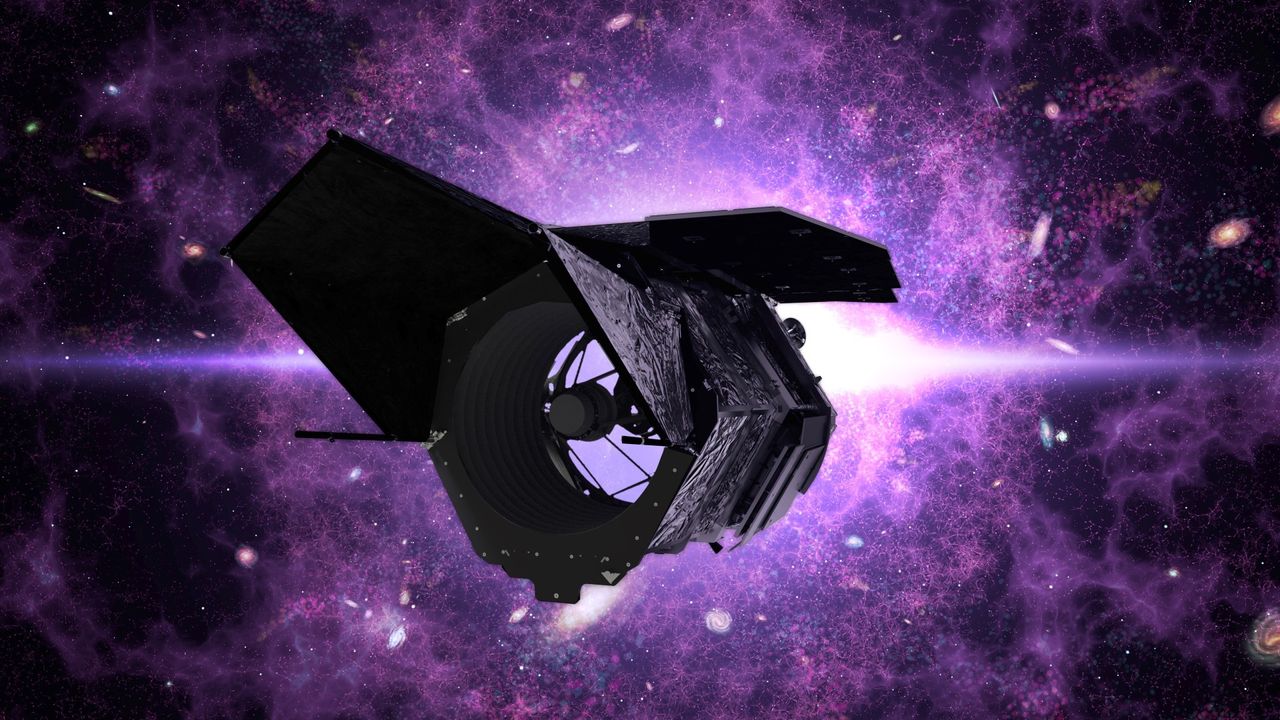
- NASA's upcoming Nancy Grace Roman Space Telescope is set to launch with advanced capabilities that will allow it to measure oscillations in over 300,000 red giants, enhancing the understanding of the planets orbiting these stars. This innovative technology has already surprised scientists even before its launch.
- The Roman Space Telescope represents a significant leap in astronomical research, promising to provide unprecedented data that could reshape current theories about stellar and planetary formation. Its ability to observe red giants will be crucial for future studies in astrophysics.
- This development highlights the ongoing advancements in space exploration technology, as private missions also emerge to support NASA's objectives, such as the planned 2026 mission by Katalyst Space Technologies to enhance the orbit of the Swift space telescope. The collaboration between public and private sectors is becoming increasingly vital in expanding scientific knowledge.
— via World Pulse Now AI Editorial System
